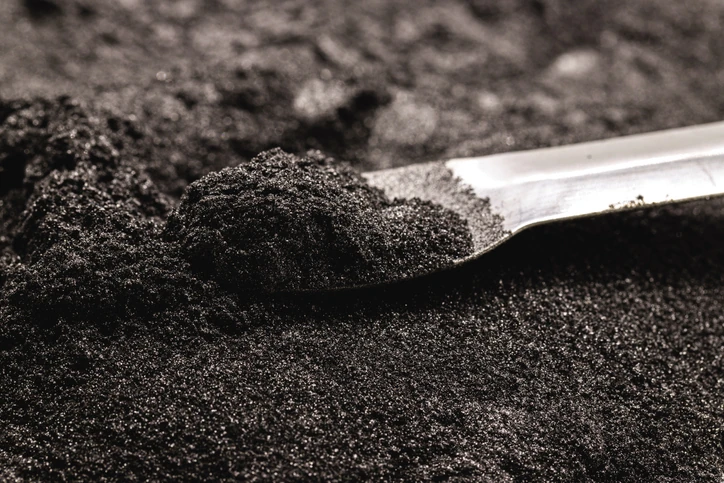
Powder Metallurgy Process: From Start to Finish
Produce metal powder. Apply pressure. Heat to finish.
Broken down, powder metallurgy seems like an easy process and when it began years ago by the ancient Egyptians, it probably was.
However, as one of the oldest manufacturing methods, the powder metallurgy process has grown over time adding complexities to each step of the process. The method has become widely adopted in many industries as a cost-effective solution for mass-producing small components.
4 Steps in the Powder Metallurgy Process
The powder metallurgy (PM) process is more complex than 5,000 years ago. Still, it can be broken down into four steps:
- Powder production
- Mixing and blending
- Compacting
- Sintering
1. Powder Production
Metal powder is the raw material of the PM process, produced by grinding, crushing, atomization, or chemical reactions. The production method you choose depends on quantity, desired properties, and many other factors. While atomization is used for mass production, grinding and crushing produce smaller batches.
Before production starts, the metal type needs to be selected. Commonly used metals include:
- Iron
- Steel
- Copper
- Bronze
- Soft metal composites
2. Mixing and Blending
Mixing is the combination of metal powders with different chemistries. Blending, on the other hand,

is the combination of particles with the same chemistries and sizes.
Mixing and blending differ in the chemical composition of the particles but, the actual combination process is the same. Metal powder combines with binders or lubricants to determine the characteristics and properties of the final part, such as pH level, viscosity, and filtration level.
Without this step combining materials to create new alloys, powder metallurgy would be limited to producing with one material at a time.
3. Compacting
After combining, the materials are pressed into shapes – or compacted. The fine powder undergoes intense pressure into a mold creating the desired part.
Pressure compaction is performed through a few different methods –
- Cold die compaction,
- Iso-static pressing
- Hot compaction
Each process is unique, but the end goal is all creating a dense part ready for sintering.
While the part may look finished at this point, it’s not. It won’t be considered finished until sintering is completed.
4. Sintering
Sintering is a heat treatment that creates a permanent bond between metal particles. The temperature is always below the metal’s melting point but hot enough for the loose particles to bond and form solid, usable parts.
From traditional powder metallurgy to other processes, the sintering process remains the same.
Applications of Powder Metallurgy
Powder metallurgy is a cost-effective way to produce large quantities of complex parts and components across a variety of industries.
Currently, the automotive industry uses iron and stainless steel powders to produce parts from bearings to gears.
Similarly to the automotive sectors, the aerospace industry is heavily using powder metallurgy to create highly accurate, cost-effective parts.
The search for eco-friendly, low-cost alternatives is ongoing, PM remains a tried, trusted, and true method to create quality finished pieces. By eliminating waste with the pressing technology, parts are created more efficiently with 97% of starting material used to produce the final component.
Powder Metallurgy Process: Not Without Limitations
PM is economical and widely used, but it has its limitations. The powder metallurgy process cannot produce parts beyond 2-20 kilograms due to the fluidity of metal powder.
While part size is limited, quantity is not. Mass production in PM is cost-effective. However, when producing in small batches, it can be very costly. Other processes like metal additive manufacturing produce through rapid prototyping or mass production while increasing your ROI.
Powder Metallurgy Process Going Forward
Despite advanced in manufacturing technology, the powder metallurgy process has earned its place in metal part fabrication as one of the oldest manufacturing methods. From ancient Egypt until now, the process has added complexities, but for the foreseeable future, powder metallurgy will remain a prominent method in manufacturing.
Ready to Get Started?
Investing in a manufacturing process is a big decision – the right method makes or breaks your production. Let us help guide you to the best process.


